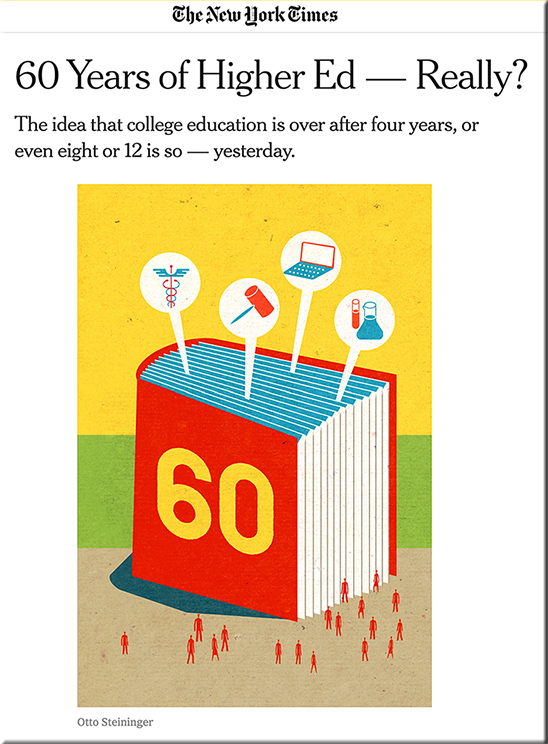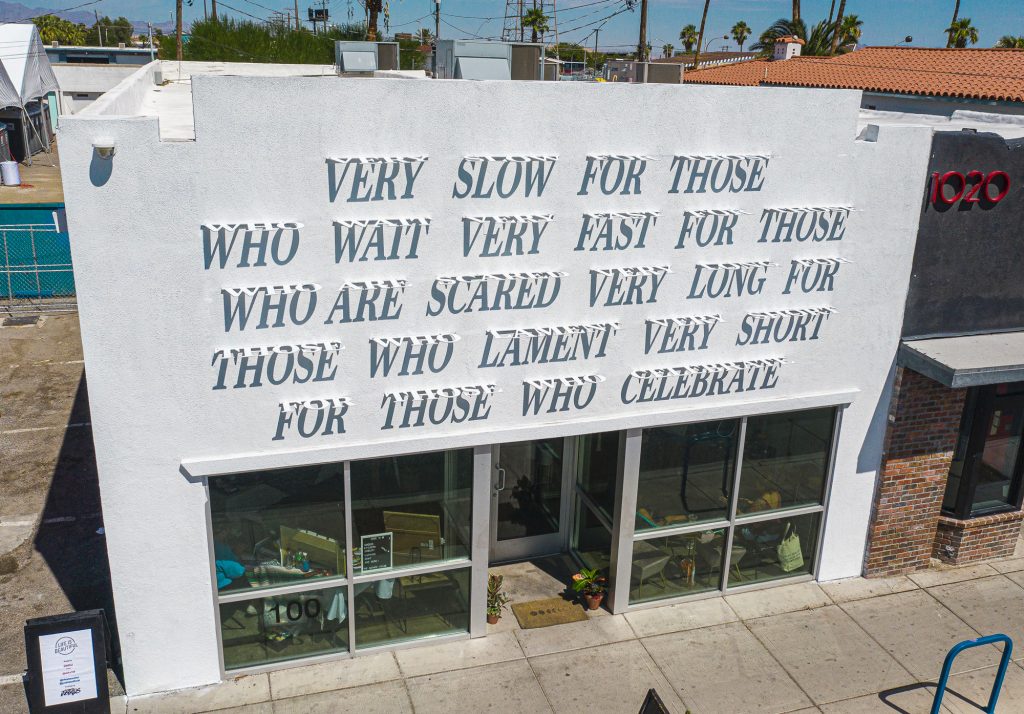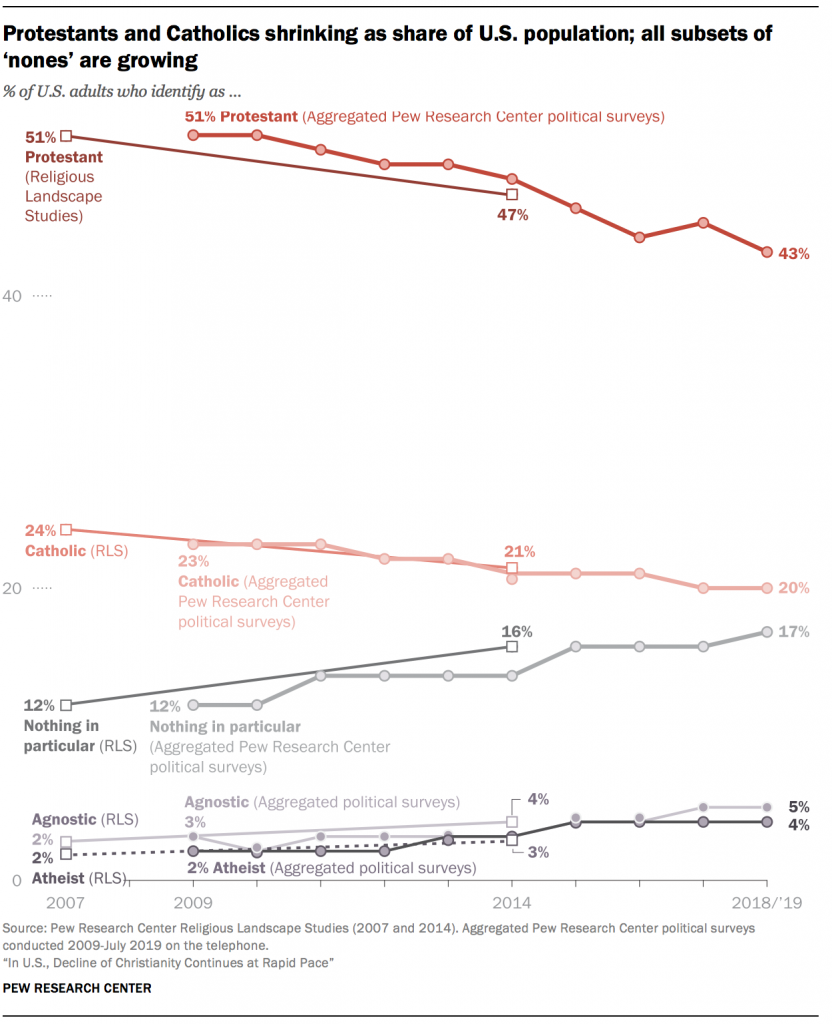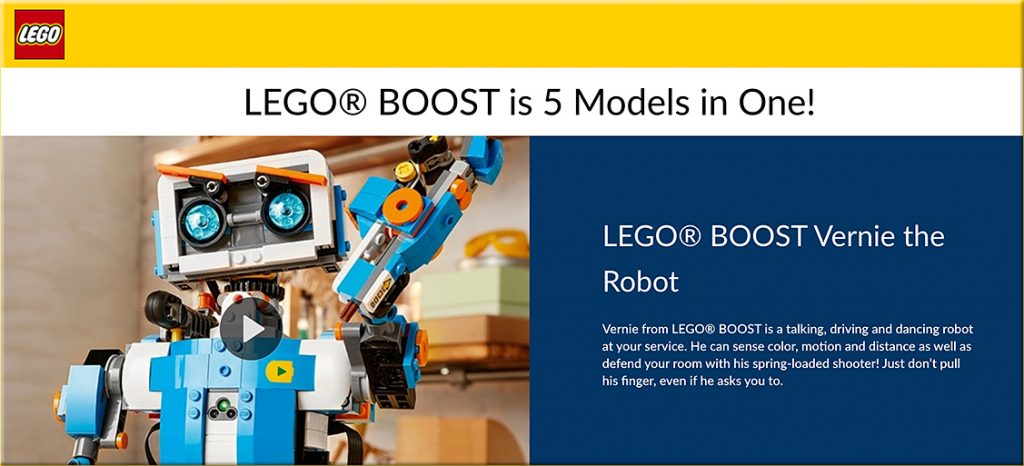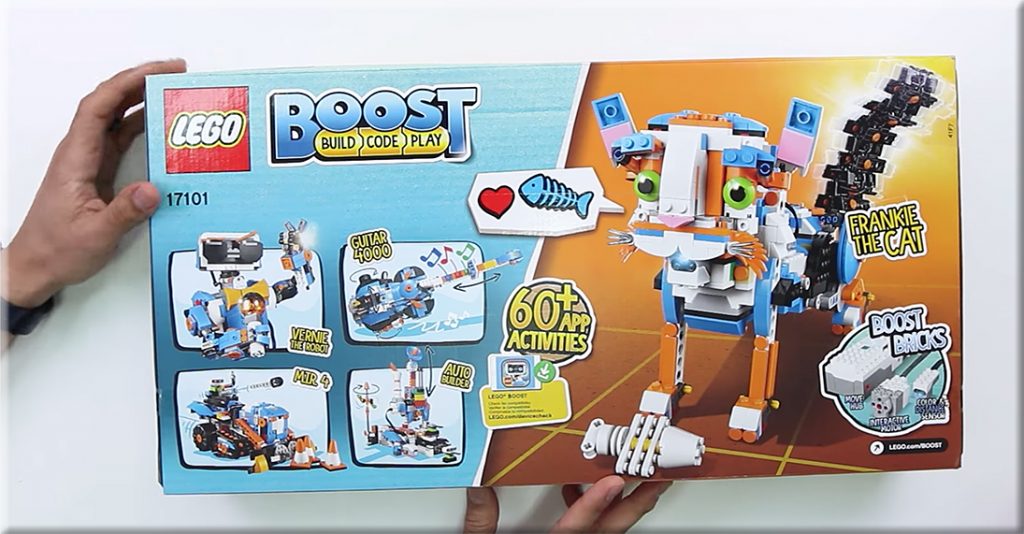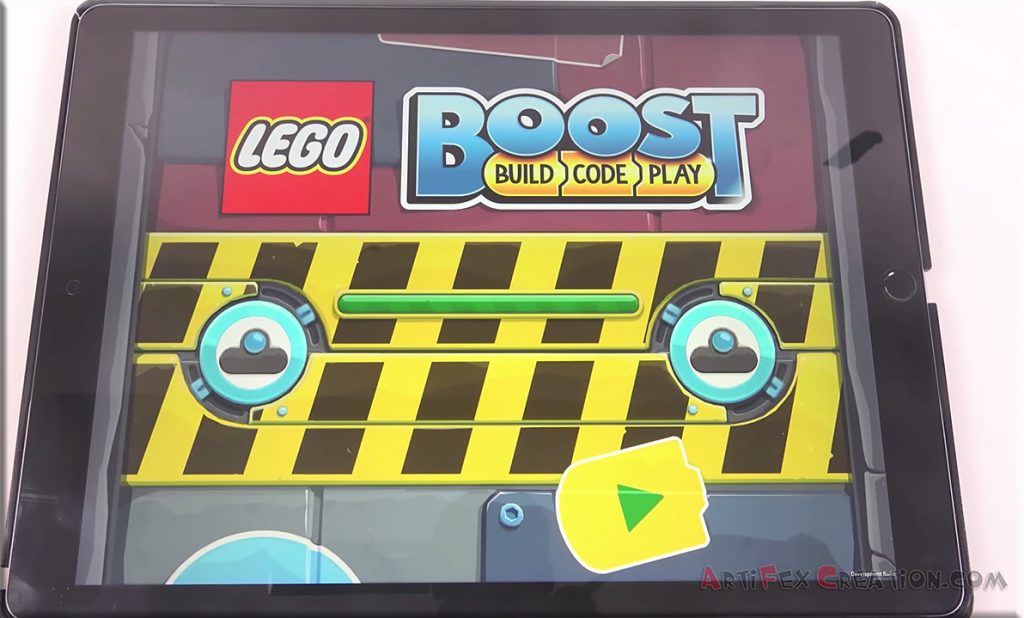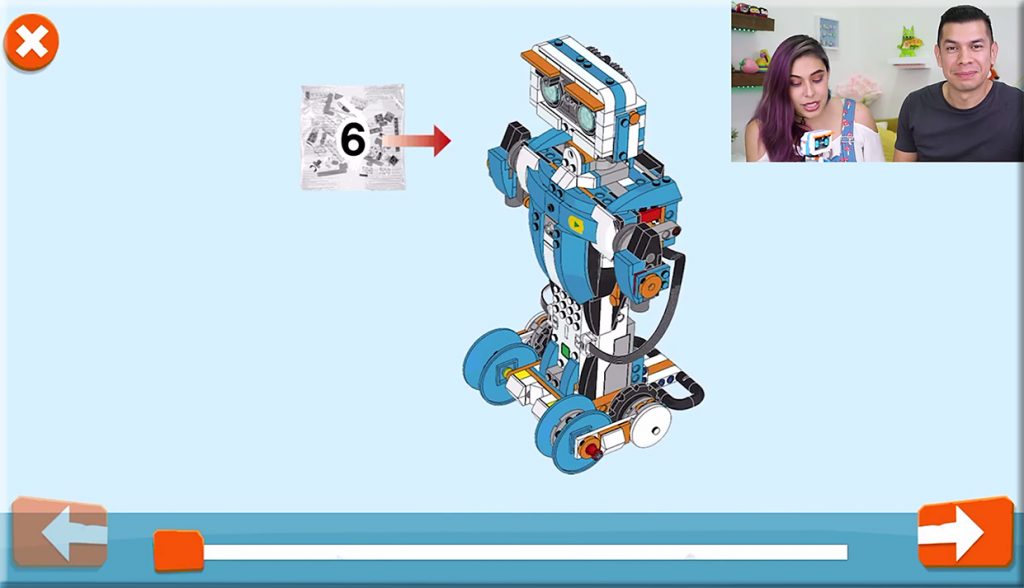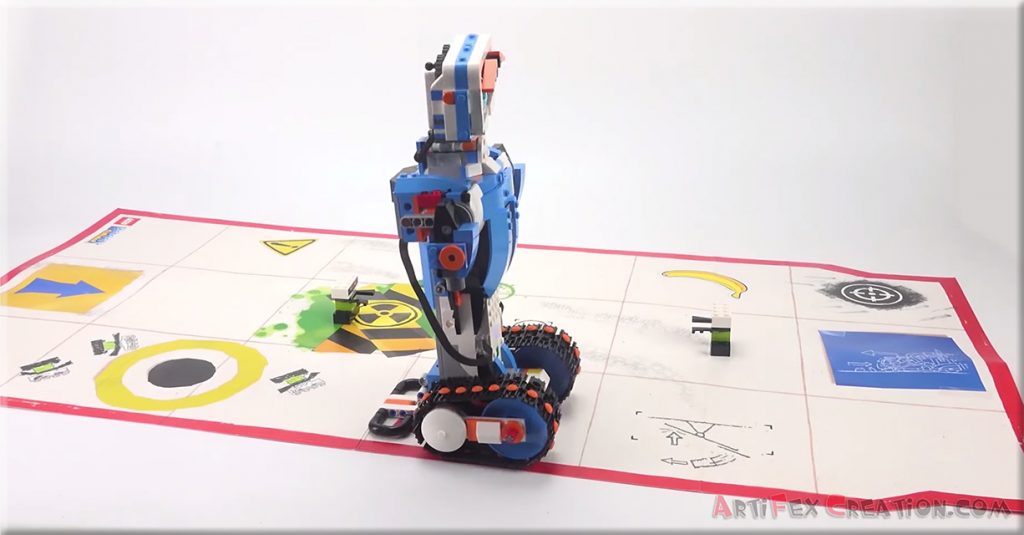3 reasons KM and learning systems will soon be amazing — from blog.feathercap.net by Feathercap staff; with thanks to Mr. Tim Seager for this resource
Excerpt:
We’re at an amazing time today as all manner of learning vendors and knowledge management systems are going through a renaissance. Vendors have understood that no one has time to learn required job skills as a separate learning event, and must gain the skills they need in real time as they perform their jobs. A big driver are the technology changes such as the availability of AI approaches accelerating this trend.
From the Knowledge management (KM) providers to the Learning Management Systems (LMS), we’re seeing big improvements. For over a decade LMSs in their present form track and deliver on-demand learning and classroom training. Then came micro learning vendors, with a focus on bite size / 10 min or less training with the Knowledge management (KM) tools and systems growing at the same time. KMs were built to make findable the institutional knowledge an organization uses for each person to do their job. Finally, we have Learning Experience Platforms (LXP), which focus on delivering and recommending micro and macro learning content (macro – longer than 10 minutes to consume) at the moment of need. There has been a downside to all of these approaches however, they all require the workforce, SMEs and content authors to manicure all this content to ensure it is both fresh and useful. Here are the three reasons all of these approaches will soon be amazing…










